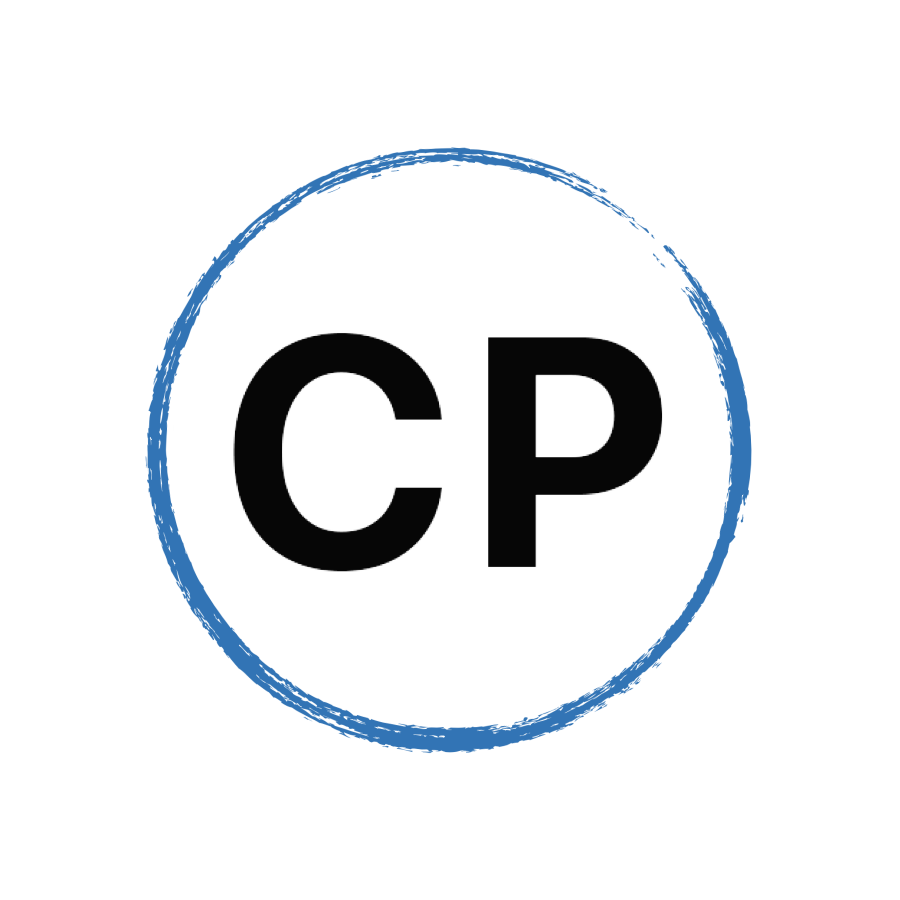Productive Onboarding Strategies for Long-Term Employee Retention
When employees join a new company, their first few weeks set the tone, and companies that take the time to properly welcome new team members tend to build better, longer-lasting relationships. Good onboarding isn’t just about paperwork and basic training — it’s about helping you feel connected, clear on your role, and confident in your new position.
The wonderful Katie Brenneman writes this week’s article. Thank you, Katie, for writing this for me.
What often separates companies with loyal employees from those constantly hiring replacements is how they bring new people on board. Organisations that treat onboarding as necessary, not just a box to check, create stronger teams, and protect the time and money they’ve invested in finding the right people, all while building a better workplace culture.
Innovative Onboarding Strategies
The way companies welcome new employees has changed from the old days of paper packets and boring first-day presentations. Now, good companies give you clear plans for your first 30, 60, and 90 days, interactive online tools, and activities to help you meet your teammates. This mix of structure and social connection helps you feel at home faster.
Today’s best onboarding programs work because they blend technology with a human touch. AI-powered learning systems help you master the technical parts of a job at one’s own pace while managers and teams make time for real conversations and connections. Over time, you can build relationships and learn the ropes simultaneously, making those critical first months much more productive and comfortable.
Mentorship and Buddy Programs
Connecting new employees with experienced team members helps build relationships right away and gives newcomers someone they can ask questions they might be nervous to bring up elsewhere. Good mentors share those unwritten rules about how things work and help new hires navigate tricky situations during their first few months.
Mentorship programs work best when they include regular check-ins while giving people space to build natural relationships. Companies that thank and recognise mentors for their efforts get more people willing to participate and better results overall. The resulting support system helps each new group of employees, building a stronger organisation over time.
AI-Enhanced Personalised Onboarding
Using AI and HR together allows for the generation of customised training content, enhancement of employee engagement, and streamlining the entire hiring process. These AI solutions create personalised welcome materials and learning modules tailored to specific roles, ensuring new hires receive relevant information while maintaining consistency in critical areas.
AI tools track how involved and happy new employees are during their first weeks, giving HR teams useful information about how things are going. The technology helps spot early signs that someone might leave and automatically takes care of paperwork, freeing HR staff to spend time on the human connections that matter.
Long-Term Workforce Planning and Retention Initiatives
Good onboarding gives employees a strong start, but smart companies don’t stop there — they keep working to keep their people engaged for the long haul. Companies with the best retention rates know that engagement isn’t a one-time event but an ongoing commitment. They check in regularly with staff, celebrate achievements, and create a workplace where people feel valued every day, not just during their first few weeks.
Two things matter for keeping employees around: learning opportunities and thoughtful planning. When companies offer training, mentoring, and clear paths for growth, people can see their future with the organization. At the same time, good managers watch for signs of burnout or frustration and address issues early.
Continuous Learning Opportunities
Online training programmes help your business stay productive by keeping employee skills current and showing your team that you’re invested in their growth. When you connect learning paths to career advancement, you give people clear direction on how to grow within your company, helping them see a future with you.
These types of programs are most effective when you combine required skills training with optional courses based on what interests each person. Companies that set aside specific work time for learning instead of expecting employees to do it independently show they’re genuinely committed to development, encouraging more people to participate.
Workforce Planning Challenges
Long-term workforce planning has become more complicated due to changing demographics, older employees retiring, and growing skills gaps when qualified workers are hard to find. HR teams need better ways to predict both retirement trends and changing skill needs across departments as these shifts in population and job markets speed up.
Companies that handle these challenges well focus on building talent pipelines and making sure knowledge gets passed down. When organisations take time to understand their employees’ age ranges and skill sets, they can identify potential problems before they turn into serious issues.
Measuring Success and Adjusting Onboarding Strategies
Good onboarding programs start with measuring what matters and get better over time by collecting regular feedback. Successful companies set up baseline metrics when they first launch their programs, then ask for input from managers, team members, and new hires as they move through their first year.
By tracking both standard performance numbers and paying attention to what different employees need, companies gain insights that help them fine-tune their onboarding. These measurements show that investing in good onboarding is worth it.
Key Performance Indicators
Keeping track of specific numbers helps companies see how well their onboarding is working and where they need to make changes. The most important things to measure include how quickly new hires become productive, how many leave in the first few months, and how satisfied they feel with their experience. These numbers create a starting point to see if changes to the program help.
Forward-thinking companies don’t stop at these basic measurements — they also look at how well new employees are performing six months and a year after they start. This bigger-picture approach helps connect those first few weeks of onboarding with long-term results, showing how a good start affects both the employee’s success and the company’s performance over time.
Inclusive Accommodations
When companies help new employees with disabilities, they usually start with a conversation about workplace adjustments during the first week. Good orientation programs include simple ways to request things like extra monitors, noise-cancelling headphones, or better lighting. They also show you how to set up your Slack, Teams, and email notifications so you can focus when needed.
Companies with transparent accommodation processes tend to keep their employees with disabilities longer. Writing down accommodation options during onboarding doesn’t just fulfil legal requirements — it helps everyone become productive faster. Employees who get straightforward information about requesting ergonomic equipment or flexible schedules typically stay with the company much longer than those who have to figure everything out on their own.
Final Thoughts
Good onboarding is a smart investment that affects how employees feel about their jobs, how quickly they become productive, and whether they stick around. Pairing new hires with mentors and using AI to personalise their training creates a solid foundation. Offering continuous learning and planning ahead for workforce needs keeps people engaged as they grow in their careers.
When companies measure how well their onboarding works and ensure everyone gets the accommodations they need, they build workplaces where people feel valued from the start. Properly onboarding new talent into the team protects the time and money spent on recruiting. It creates conditions for relationships that benefit both the employee’s career goals and the company’s long-term success.
Katie Brenneman is a passionate writer specialising in lifestyle, mental health, education, and fitness-related content. When she isn’t writing, you can find her with her nose buried in a book or hiking with her dog, Charlie. To connect with Katie, you can follow her on X.
If you’d like more time management tips (like this one) in your inbox, please do join my newsletter
Get a copy of my latest book, Your Time Your Way: Time well managed, life well lived.

